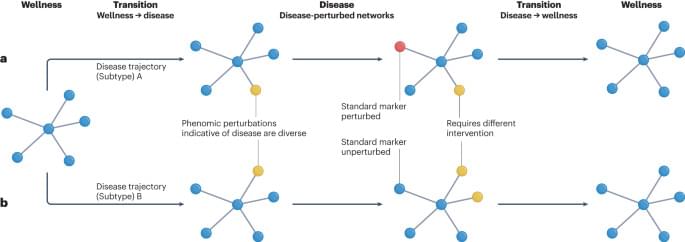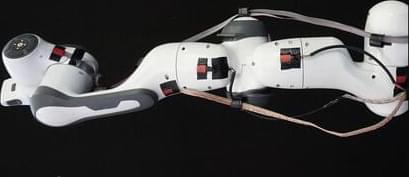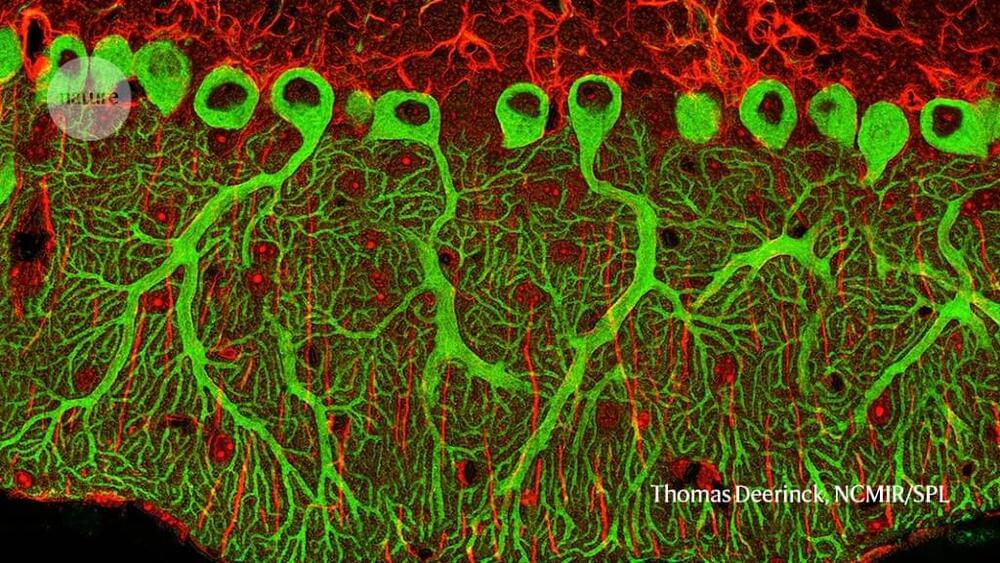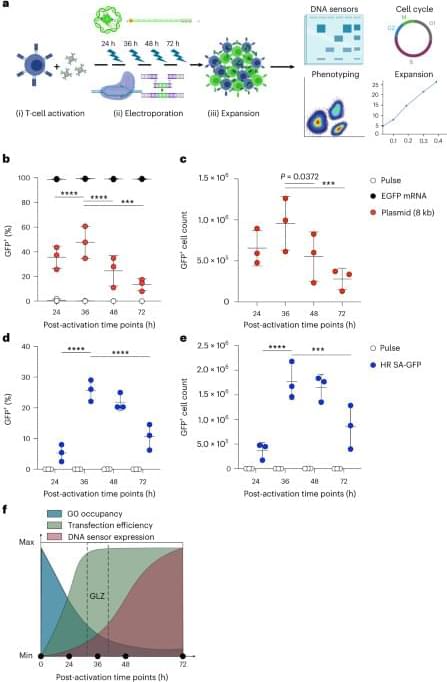This Perspective reviews large-scale genomics and longitudinal phenomics efforts and the insights they can provide into wellness. The authors describe their vision for the transformation of the current health care from disease-oriented to data-driven, wellness-oriented and personalized population health.
Robots learn their topology and kinematics from proprioception using a graph representation based on mutual information.
As large-scale neuroscience projects start to yield results, sharing data standards will become increasingly important.
Generating a complete multimodal cell census and atlas of the mouse brain through collaborative data collection, tool development and analysis.
A nonintrusive human-machine interface for controlling extra arms was tested using a neurorobotic platform.
Ferroicity and multiferroicity
Ferroic materials are those that exhibit a spontaneous ordering of their electric, magnetic or structural properties. The best-known example of ferroicity is ferromagnetism, in which the magnetic moments of a material all point in one direction, but other types of ferroic ordering are possible. In ferroelectricity, for example, it is the electric polarization that spontaneously orders itself, while ferroelastic materials display spontaneous strain.
Multiferroicity occurs when several properties of a material have their own individual preferred states. For example, a magnetic multiferroic material might have magnetic moments that point in one direction, and electric charge that also shifts in a certain direction. Importantly, the two phenomena are independent of each other.
This government funded faster-than-light communication research using warp bubbles may be a key to develop FTL travel technology.
The targeted integration of large DNA payloads into primary human T cells can be efficiently achieved non-virally by leveraging Cas9-based editing and the DNA-repair pathway homology-mediated end joining.
Brain transplant is not a reality for humans or for any living organism. But there are human research experiments in which transplanted brain cells are used to help treat several diseases that affect the brain. So far, there are very few results and measured outcomes of brain cell transplant, but the concept of transplanting brain tissue has shown some promise in preliminary studies.
If you are interested in having a brain cell transplant procedure, you can talk to your healthcare provider and look for a university or research center where brain cell transplant procedures are being done. These procedures tend to be part of research studies, so you will likely need to enroll in a research study if you want to have this type of treatment.
The brain is composed of many different regions and cells. Neurons in the brain have dedicated functions, and they do not typically heal when they are damaged. Parkinson’s disease, stroke, multiple sclerosis (MS), epilepsy, Alzheimer’s disease, and head trauma are among the conditions for which brain cell transplant has been used for humans in an experimental setting.









